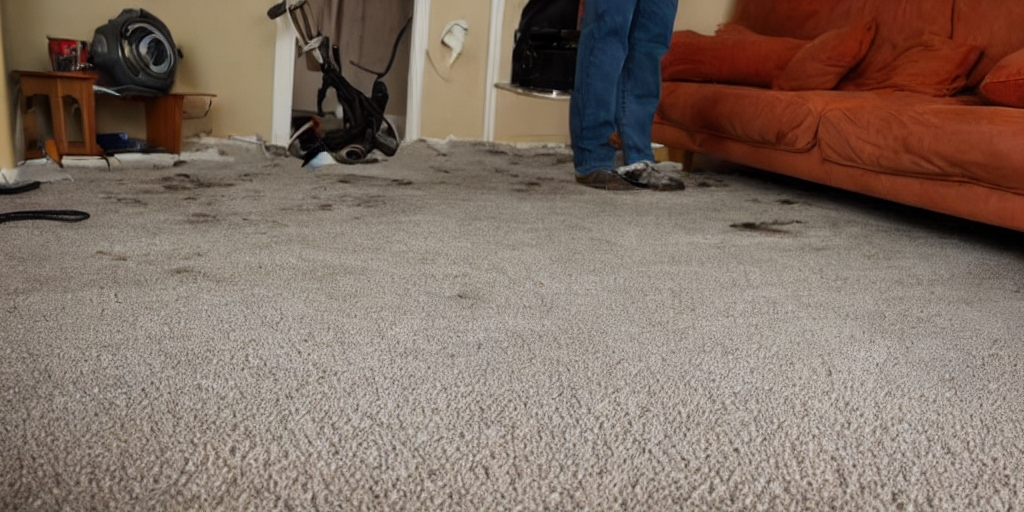Introduction
Water damage in homes can often lead to hidden problems, particularly when it comes to carpets. One such issue is the growth of mold, which can thrive in damp environments. Mold not only causes discoloration and unpleasant odors but also poses health risks to occupants. In this article, we’ll explore how to detect, remove, and prevent mold in carpets resulting from water damage.
Signs and Detection of Carpet Mold
Detecting mold in carpets can be challenging since it often grows in hidden spaces. However, there are several signs to watch out for:
1. Unpleasant Odor:
- Mold has a distinctive musty smell. If you notice an unpleasant odor lingering in your home, particularly after water damage, it could indicate mold growth in your carpet.
2. Visual Inspection:
- Look for circular patterns of green, white, or black discoloration in the carpet. Use a bright light to detect any color variation or unusual spots.
3. Check Underneath the Carpet:
- If the odor persists but no visible signs of mold are present, carefully lift the carpet and inspect underneath, including the padding.
Also Read: Wood Floor Water Damage: Understanding the Risks and Solutions
4. Home Testing Kits:
- DIY mold testing kits are available at local home improvement stores. These kits can help determine the presence of mold in carpets.
5. Professional Inspection:
- If you’re unable to locate the mold or suspect a widespread infestation, consider hiring a professional mold inspection service.
How to Remove Carpet Mold
Once mold is detected, prompt action is crucial to prevent further spread and mitigate health risks. Here are some methods for safely removing mold from carpets:
1. Baking Soda and White Vinegar:
- Sprinkle baking soda over the affected area to absorb moisture and odors. Then, apply white vinegar and scrub vigorously. Finally, dry the area thoroughly.
2. Anti-Mold Treatment or Bleach:
- Use commercial anti-mold treatments or a bleach solution to disinfect the carpet. Ensure proper ventilation during application and drying.
3. Remove the Affected Carpeting:
- In severe cases where mold has penetrated the carpet backing and padding, removing and replacing the carpet may be necessary.

Prevention of Carpet Mold
Preventing mold growth in carpets is key to maintaining a healthy indoor environment. Here are some preventive measures to consider:
1. Immediate Drying:
- Act quickly to dry out carpets after water damage. Use fans, dehumidifiers, and proper ventilation to expedite the drying process.
2. Regular Cleaning and Maintenance:
- Vacuum carpets regularly to remove dust particles and mold spores. Address any leaks or moisture sources promptly to prevent mold growth.
3. Use of Dehumidifiers:
- Install dehumidifiers in areas prone to high humidity to reduce moisture levels and inhibit mold growth.
4. Professional Inspection:
- Schedule periodic inspections by professionals to detect and address any potential mold issues before they escalate.
Also Read: Understanding and Repairing Water Damaged Ceilings: A Comprehensive Guide
Conclusion
Mold growth in carpets resulting from water damage can pose serious health risks and structural damage to homes. Detecting mold early, promptly removing it, and implementing preventive measures are essential steps to safeguarding your home and occupants from the harmful effects of mold. By staying vigilant and taking proactive measures, homeowners can maintain a clean and healthy indoor environment free from carpet mold.
This article provided an overview of the signs of carpet mold, methods for removal, and preventive measures to mitigate the risks associated with mold in carpets resulting from water damage. By following these guidelines, homeowners can effectively manage and prevent mold growth, ensuring a safe and healthy living environment for their families.










